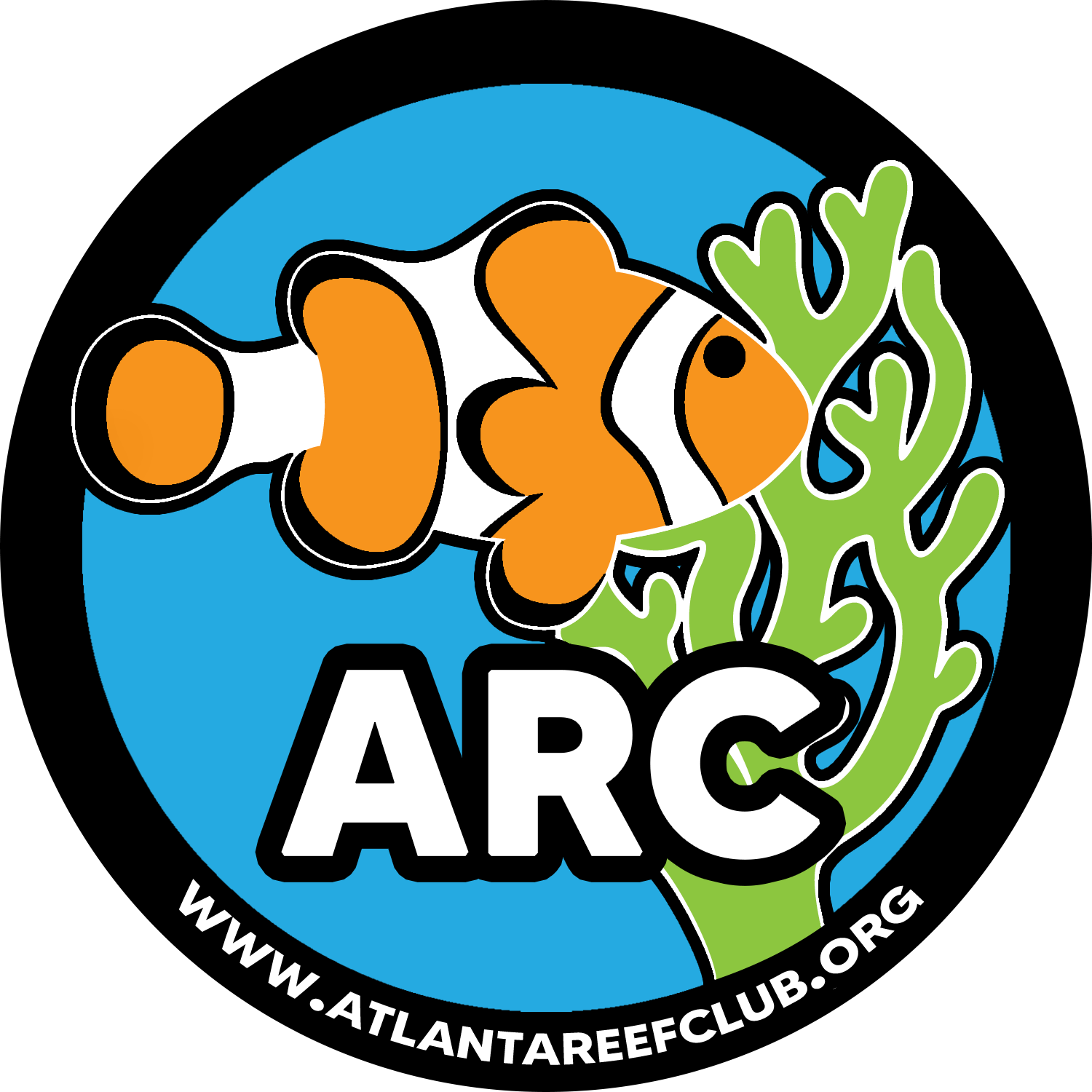- Messages
- 493
- Reaction score
- 0
well got my last bit of stuff from a great diver in florida was suposed to get a yellow tang and a pink tip hathion an. but this is what i got , i like but i think the tang is a blue eye or a mimic tang the aninome i havent a clu its purple all except the base. yall tell me . are these good tangs and is the aninome good for my clown.
are these good tangs and is the aninome good for my clown.
<fieldset class="gc-fieldset">
<legend> Attached files </legend>
 >
>
 class="gc-images" title="tang 006.jpg[/IMG] style="max-width:300px" /></a>
class="gc-images" title="tang 006.jpg[/IMG] style="max-width:300px" /></a>
 >
>
 class="gc-images" title="tang 007.jpg[/IMG] style="max-width:300px" /></a>
class="gc-images" title="tang 007.jpg[/IMG] style="max-width:300px" /></a>
 >
>
 class="gc-images" title="tang 008.jpg[/IMG] style="max-width:300px" /></a> </fieldset>
class="gc-images" title="tang 008.jpg[/IMG] style="max-width:300px" /></a> </fieldset>
<fieldset class="gc-fieldset">
<legend> Attached files </legend>








